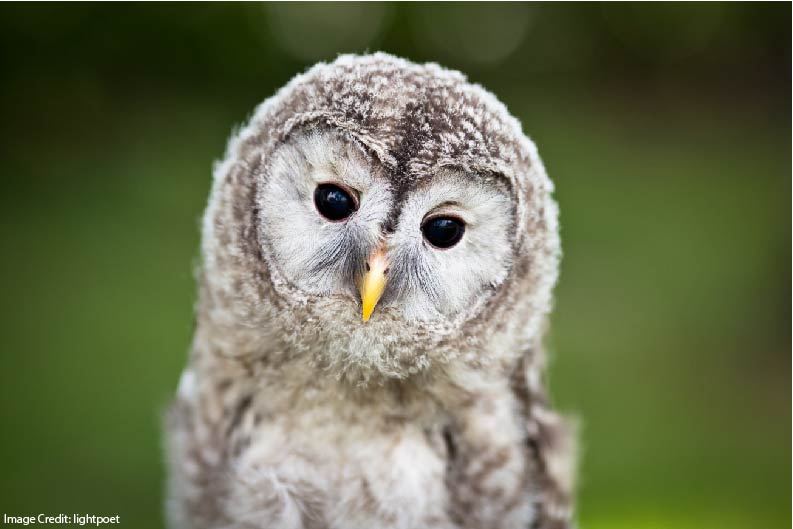
You’re up before the sun rises, eager for the day’s adventures? Sleep researchers call you a “lark.”
 You’re perkiest after midnight, happily contemplating the world while your friends sleep? They call you an “owl.”
You’re perkiest after midnight, happily contemplating the world while your friends sleep? They call you an “owl.”
If you’re comfortably in the middle, think of yourself as a “finch.”
Sleep researchers know a lot about these three sleep species.
And their insights help teachers and administrators think more carefully about helping our students learn.
Point #1: Where do chronotypes come from?
Simply put: genes.
Or, to quote a recent article:
Chronotype appears to be largely determined by the genetic composition of an individual’s circadian clock. An individual may be able to choose to change their sleep/meal/activity time due to day-to-day schedule impositions, but they may not be able to shift their internal clocks in the same way, due to its genetic basis.
I want to emphasize the rarity of this explanation. In the worlds of psychology and neuroscience, almost everything results from a combination of nature and nurture.
IQ? Nature and nurture.
Grit? Nature and nurture.
Processing speed? Nature and nurture.
So: don’t let this one instance fool you into thinking that genes routinely determine our fates.
Of course, age has an influence on chronotype as well. Puberty magically transforms more of us into owls. As we age, we might well revert to our initial larkiness — or at least to finchitude.
Note well: students have no control whatsoever over either of these influences. They can’t control their genes, and they can’t control their developmental stage.
In other words: adolescent owls aren’t simply being stubborn when they go to bed late. They’re often simply not tired enough to sleep.
Point #2: Chronotype Influences Grades
Researchers Smarr and Schirmer looked at the relationship between chronotype and grades in college.
Their finding? In brief: we do best when class time matches our chronotype.
Larks do best in morning classes. Owls catch up in evening classes.
However … and this is a BIG however … owls consistently have lower GPAs than larks and finches.
Even in evening classes, larks and finches have higher GPAs than do owls — although the difference is smaller than in morning classes.
One explanation — favored by morning people everywhere — is that larks are simply smarter than owls.
A better explanation: school schedules benefits larks and make life difficult for owls. After all: when classes begin early in the morning, owls just don’t get enough sleep before class.
And — as you remember — these sleep-deprived owls aren’t being stubborn. They’re just not tired enough to fall asleep in time to get the 8 or 9 hours they need.
In other words: we teach owls, larks, and finches. Our school schedules should work well for all of them. When we favor one sleep species over another, we needlessly disadvantage real students who want to learn.



